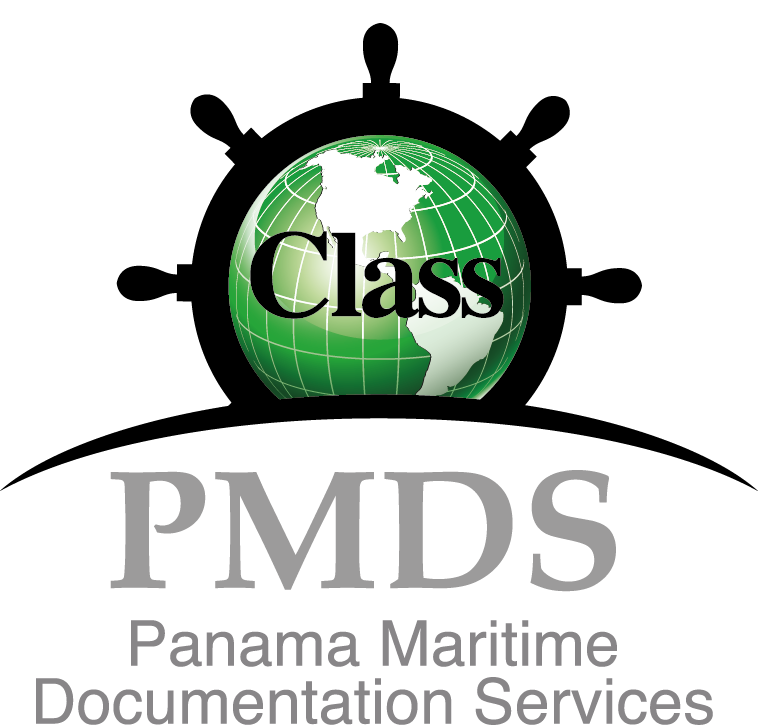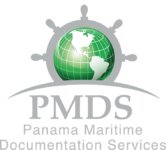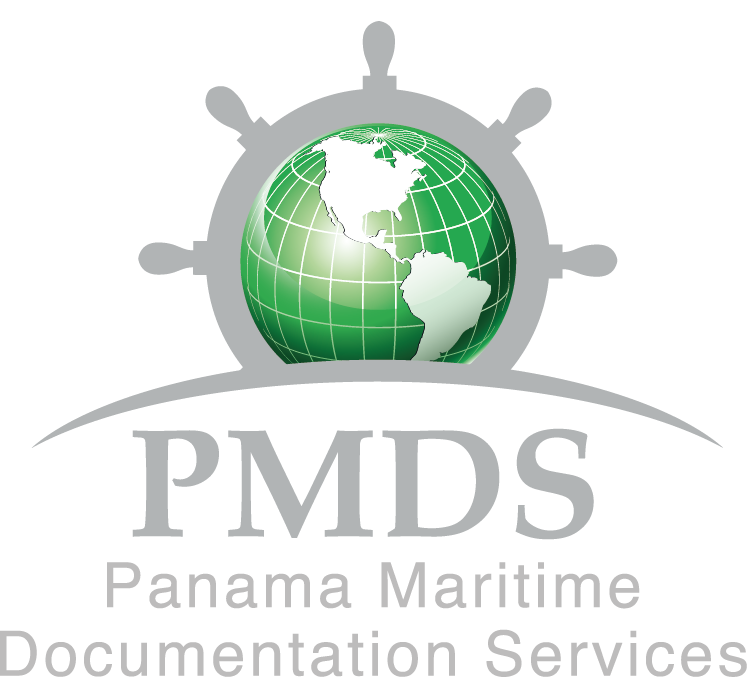
EU MRV extended to ships from 400 GT
The EU MRV (Monitoring, Reporting, and Verification) Maritime Regulation (Regulation (EU) 2015/757) applies to ships of 5,000 gross tonnage (GT) and above, regardless of their flag, that carry passengers or cargo for commercial purposes to or from ports in the European Economic Area (EEA).
However, with the new amendment Regulation (EU) 2023/957, as of 1 January 2025, the MRV Maritime Regulation will also apply to:
- Offshore ships above 5,000 GT
- Offshore ships and general cargo ships below 5,000 GT but not below 400 GT
A limited number of categories of ships are excluded, notably:
- Warships
- Naval auxiliaries
- Fish catching or fish processing ships.
- Ships not propelled by mechanical means.
- Government ships used for noncommercial purposes.
The EU MRV regulation establishes rules, whereby shipping companies report annually, and accredited independent verifiers verify, the reported amounts of carbon dioxide (CO2) emissions and other relevant information from ships calling at EEA ports. For voyage to be covered by the EU MRV, at least one of the two ports of call of the voyage must be located in an EU territory, i.e. voyages into, within and out of the EU shall be reported.
CO2 emissions are the largest component of greenhouse gas emissions from maritime transport, but methane (CH4) and nitrous oxide (N2O) emissions are also important contributors. Hence, in 2023, as part of the package of measures to reduce emissions from the maritime transport sector, the MRV regulation was amended, and after 1 January 2024, the scope of the MRV regulation has expanded to include CH4 and N2O emissions from shipping.
Furthermore, from 1 January 2025, the amended EU MRV regulations will also apply to general cargo ships between 400 and 5000 GT and offshore ships of 400 GT and above.
The owner or ISM company is responsible for EU MRV compliance.
Source DNV
For additional information contact us : corporate@panamamaritime.com

 (507) 6780-7942
(507) 6780-7942






